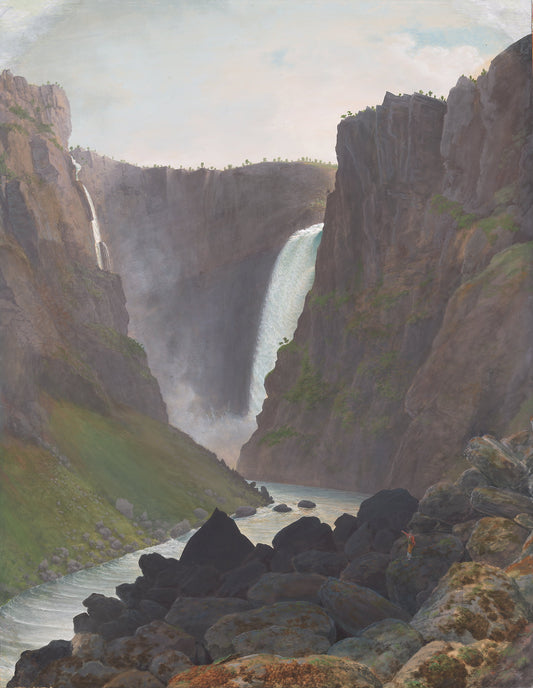Collection: Johannes Flintoe
-
Vøringsfossen
Vendor:Johannes FlintoeRegular price From 150,00 NOKRegular priceUnit price per -
From Jotunheimen
Vendor:Johannes FlintoeRegular price From 150,00 NOKRegular priceUnit price per -
A part of Almeskov in Sogn on Yttre Krogen's mountain side
Vendor:Johannes FlintoeRegular price From 150,00 NOKRegular priceUnit price per -
Hjølmodalen in Eidfjord
Vendor:Johannes FlintoeRegular price From 150,00 NOKRegular priceUnit price per -
Tverrbreen in Jostedal
Vendor:Johannes FlintoeRegular price From 150,00 NOKRegular priceUnit price per





